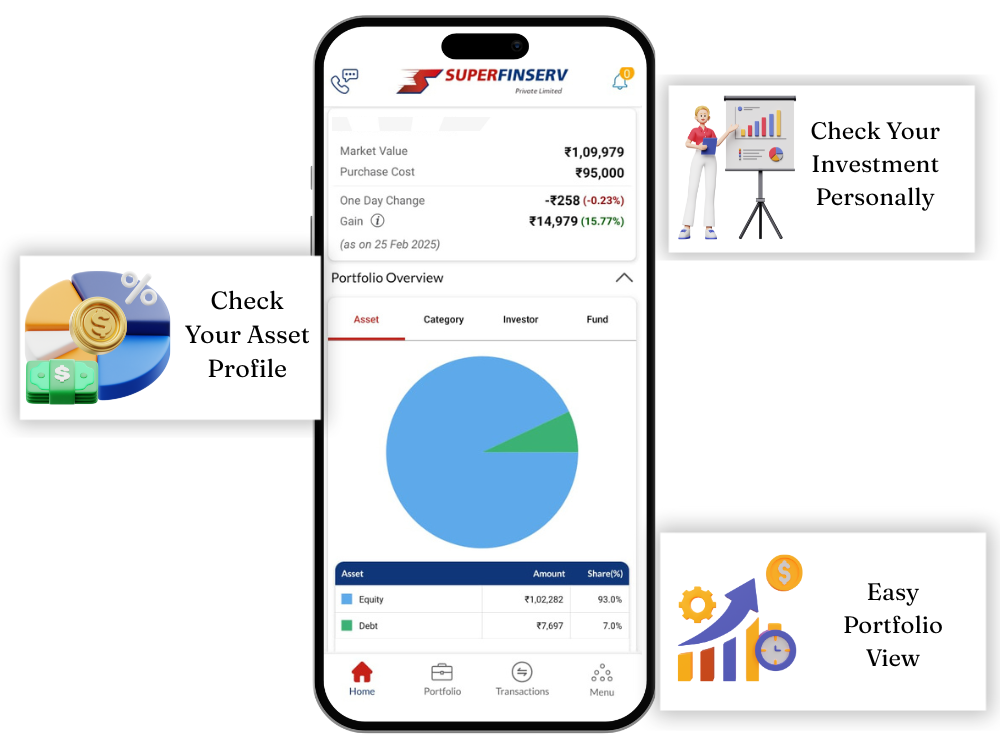Large-Cap Equity Funds
These funds invest primarily in large, established companies that have a market capitalization of more than ₹20,000 crore. The risk involved is relatively lower compared to mid-cap or small-cap stocks because these companies are stable and well-established. These are ideal for conservative investors looking for steady growth with moderate risk.




